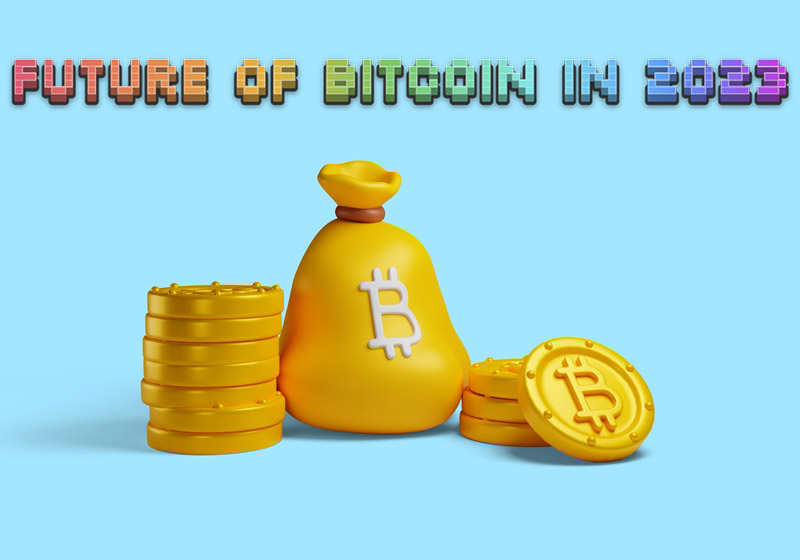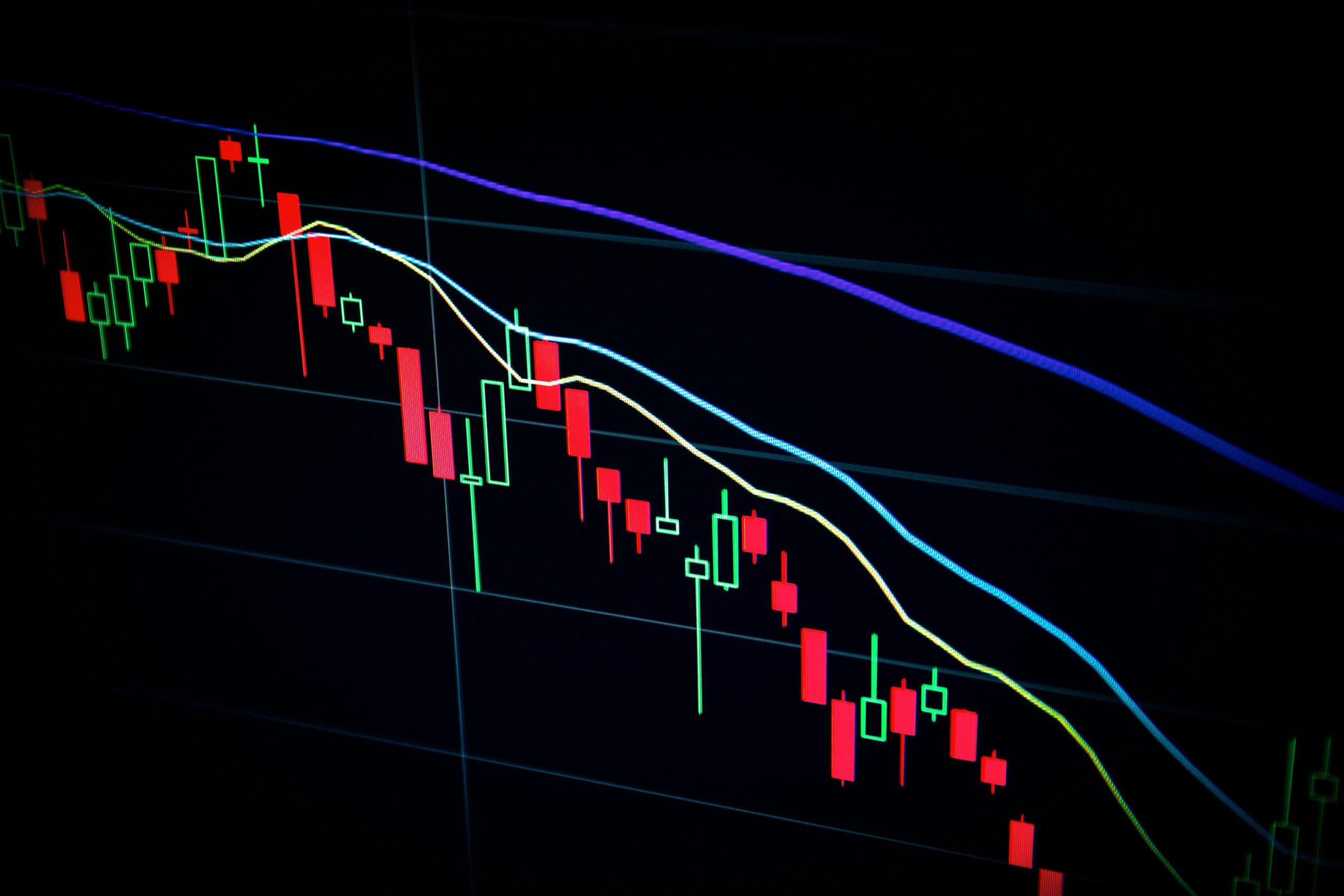In the modern world of political polarisation and increasing levels of division within our society, the old saying that politics and religion should never be discussed in polite company rings just as true as when it was first coined.
But in the 21st century there is another highly divisive topic of conversation that may be best avoided at times – bitcoin, cryptocurrency and its future more broadly.
As bitcoin and cryptocurrency continue to rise to prominence within our collective consciousness, the debate has at times reached an almost crusade-like level of religious fervour as the two sides duke it out over the future of crypto.
In the debate over the future of crypto, the temperature certainly runs high at times, but who will be proven right in the long run?
Government regulation and bans
In recent years, crypto and crypto exchanges have been no stranger to bans from governments and regulators across the world. In recent weeks, various Chinese provincial government authorities became the latest to ban bitcoin mining.
According to state run news agency the Global Times, 90 per cent of China’s bitcoin mining capacity has been suspended, resulting in a loss of around one third of the world’s global crypto network’s processing power.
As crypto rises to mainstream recognition and is increasingly noted as an alternative for making transactions, more governments may enact further bans to maintain their millennia-old monopoly on the issuance of currency.
Utility of underlying technology
Despite the breakneck pace of technological advancement that has occurred in recent years, transaction costs and currency transfers are at times just as costly in percentage terms as they were well over a century ago.
Decentralised finance underpinned by a crypto infrastructure has the potential to reduce these costs and speed up transactions significantly.
It is this utility that is arguably crypto’s greatest strength.
A compelling argument can be made that some form of crypto based technology will underpin elements of the financial system in the coming years and decades.
Perceived lack of intrinsic value
For many investors and market commentators, bitcoin and cryptocurrencies more broadly are seen as having no intrinsic value.
Black Swan and Antifragile author Nassin Taleb has been scathing in his assessment of bitcoin’s value, recently stating that it was an open Ponzi scheme and a failed currency.
Legendary investor Warren Buffett was equally stinging in his views on bitcoin. Buffet has called bitcoin a “delusion” and “rat poison”, and he vowed never to own any cryptocurrencies. Buffet went on to argue that crypto attracts charlatans and “basically have no value”.
Despite its growing adoption by elements of the mainstream financial world, these views remain relatively common. Particularly given that much of crypto’s meteoric price rise has occurred during a time defined by widespread market volatility, that some have dubbed “The Everything Bubble”.
Potential for mainstream adoption of crypto
As crypto prices began to rapidly rise after crashing in the wake of the early months of the pandemic, crypto swiftly showed up on the radar of intuitional investors and mainstream commentators who were seeking a high risk, high reward trade.
But as some of these new crypto converts explored the possibilities of the technology and gained a greater understanding of its potential, many saw the value that crypto may hold.
Whether it’s chasing a big capital gain or making a strategic bet on the long term future of crypto technology, there is a sense within much of the crypto community that greater levels of mainstream adoption are all but inevitable in the long term.
Likelihood of government backed crypto alternatives
As a result of the recent pandemic-driven economic crisis, central banks around the world have stepped up their efforts to create digital currencies of their own that can be swiftly deployed in a crisis.
While there are a number of key differences between cryptocurrencies like ethereum and bitcoin, and central bank digital currencies (CBDC), they are considered by some analysts to be a competitor to the more traditional crypto based competitors.
There is also speculation that central banks and regulatory authorities may act to ban or curtail cryptocurrencies in the future, in order to ensure that government backed currency overwhelmingly remains the method of choice for transactions.
Government regulation
While government regulation is a major risk for the crypto space, it may also present a key opportunity. If regulation can ensure that the current ‘Wild West’ atmosphere comes to an end and crypto holders are afforded the same protections as the holders of other financial assets, crypto is likely to become a far more attractive asset class.
With the protection of regulation and the removal of many of the current risks, crypto may be more able to achieve the potential of what the underlying technology holds and achieve more widespread adoption.
Where to for crypto from here
Where crypto will go in the long-term remains a topic of conversation where you can at times hear those who disagree with you sharpening their pitchforks in the background.
But despite the at times problematic nature of elements of the crypto community, there is certainly merit in the underlying technology and the possibilities that decentralised finance holds for the future.
It’s possible that we could see mainstream adoption of the current crop of cryptocurrencies or they may be replaced by something new, which has greater utility and more concrete underlying value in the eyes of the general public.
On the other hand crypto may remain a gold-like store of value, rather than evolve into a true competitor for current currencies and future central bank-backed digital alternatives.
Or we could see crypto regulated and banned by government, central banks and regulators into relative oblivion.
All these scenarios and more are all possibilities that are on the table as crypto sits at a major crossroads in its adoption and development. Where it will ultimately end up currently remains in the eye of the beholder, at least for now.











